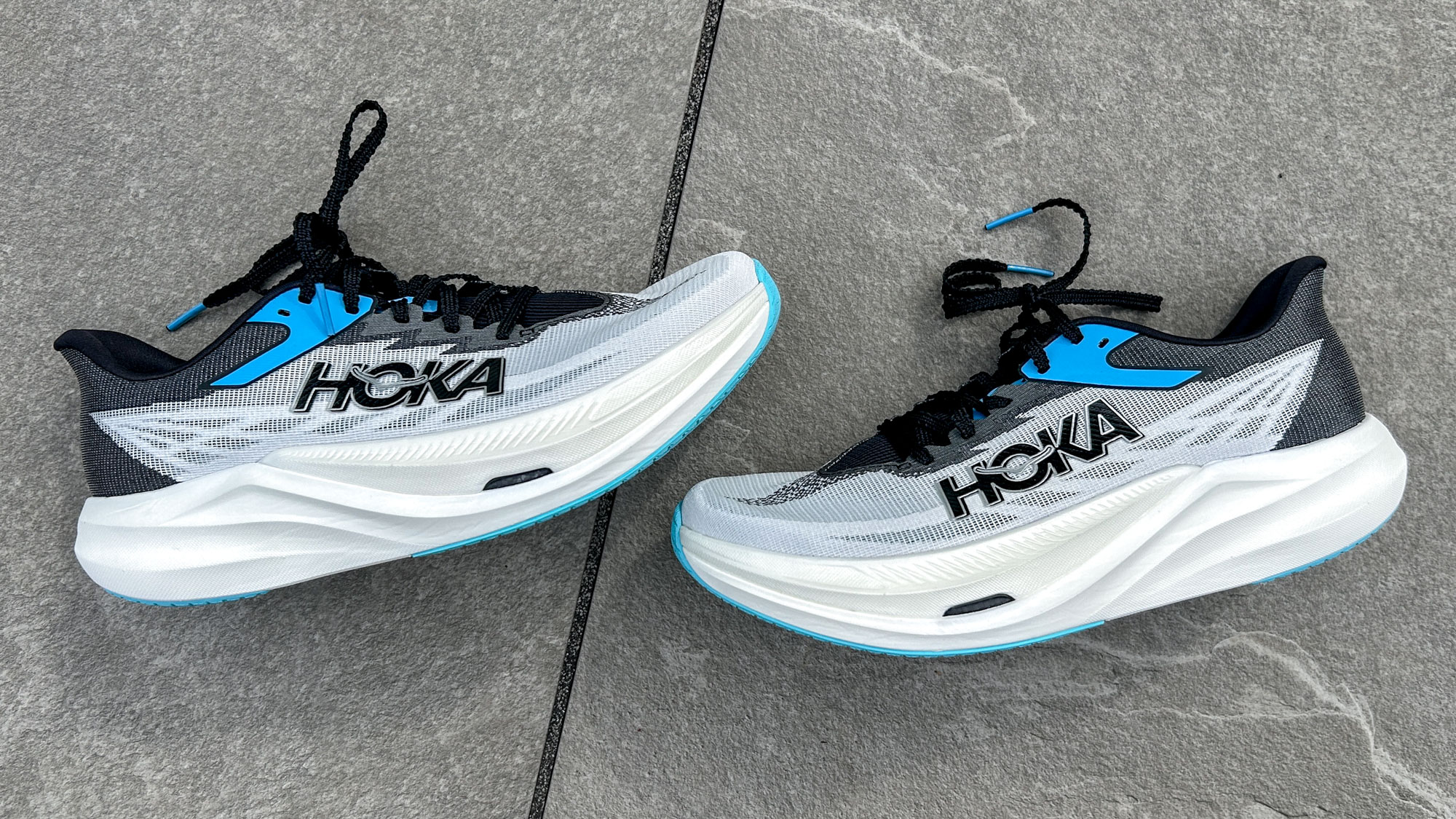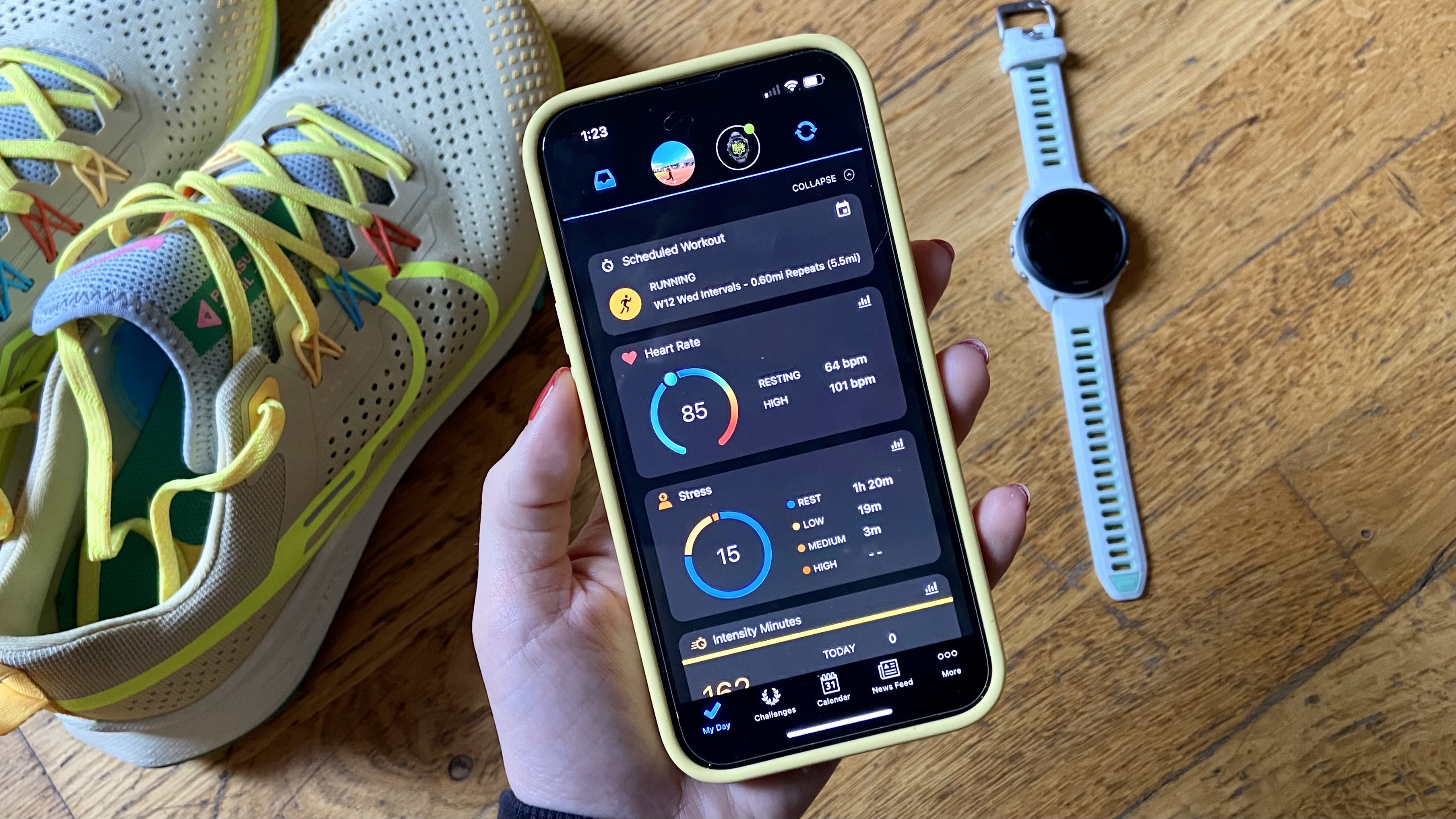Wellness
Latest about Wellness
-
-

Collagen is out, sea moss is in — so I tried a tablespoon every day, and this is what I really think
By Sam Hopes Published
-

I’ve been doing this 7-minute Pilates routine for tight hips at the end of the day — and I'm hooked
By Jane McGuire Last updated
-

Ditch pull-ups — try this 20-minute dumbbell workout instead to strengthen and sculpt your back and biceps
By Jessica Downey Published
-

These Skechers sandals are the shoe of the summer — and they're 22% off in early Prime Day sales
By Jane McGuire Published
-

Massive Asics sneaker sale is live from $49 — 13 deals I'd shop now that fight Prime Day
By Millie Davis-Williams Last updated
-

Google Calendar is finally available on your Apple Watch — here’s how to set it up
By Dan Bracaglia Published
-

I'm a marathon runner and this 15-minute Pilates workout is a game-changer for glute strength
By Nick Harris-Fry Published
-
Explore Wellness
Fitness
-
-

Collagen is out, sea moss is in — so I tried a tablespoon every day, and this is what I really think
By Sam Hopes Published
-

I’ve been doing this 7-minute Pilates routine for tight hips at the end of the day — and I'm hooked
By Jane McGuire Last updated
-

Ditch pull-ups — try this 20-minute dumbbell workout instead to strengthen and sculpt your back and biceps
By Jessica Downey Published
-

These Skechers sandals are the shoe of the summer — and they're 22% off in early Prime Day sales
By Jane McGuire Published
-

Massive Asics sneaker sale is live from $49 — 13 deals I'd shop now that fight Prime Day
By Millie Davis-Williams Last updated
-

I'm a marathon runner and this 15-minute Pilates workout is a game-changer for glute strength
By Nick Harris-Fry Published
-

Can your ring finger really reveal how far you can run? Scientists think so
By Jessica Downey Published
-

Best Garmin deals in July 2025
By Millie Davis-Williams Last updated
-

I ran 40 miles in the Hoka Rocket X3 — here’s my verdict
By Nick Harris-Fry Published
-
Sleep
-
-

Eight Sleep mattress sales and deals for June 2025: Save on smart cooling beds
By Alison Barretta Last updated
-

Traveling this summer? Here's how long jet lag can last plus 5 tips to beat it fast
By Louise Ramsay Published
-

Sleep experts reveal the 5 biggest nighttime routine mistakes that are ruining your sleep
By Sarah Finley Published
-

Don't sleep naked — 7 top tips for sleeping better in a heatwave
By Ruth Jones Published
-

This one outdoor activity could be the key to unlocking better sleep this summer
By Eve Davies Published
-

5 eating habits that are keeping you awake at night — and 3 sleep-friendly alternatives
By Becky George Published
-

This sunrise alarm clock is $30 off right now — and it's the only thing that makes my early mornings bearable
By Ashley Thieme Published
-

Pink noise can help you sleep better, say experts — but what is it?
By Ruth Jones Published
-

Trouble sleeping? 7 expert steps to fix your circadian rhythm and fall asleep fast
By Sarah Finley Published
-
Smartwatches
-
-

Google Calendar is finally available on your Apple Watch — here’s how to set it up
By Dan Bracaglia Published
-

Forget Galaxy Watch 8 — Samsung's best smartwatches are up to 38% off before Prime Day
By Dan Bracaglia Published
-

Trump HHS Secretary RFK Jr. wants every American to wear a fitness tracker — here's the problem with that
By Jane McGuire Last updated
-

Best Apple Watch deals in July 2025
By Louis Ramirez Last updated
-

Garmin clarifies what data it's sharing with Google Health Connect — here's the full list
By Josh Render Published
-

Google just killed one of my favorite Apple Watch apps — at the same time as introducing another one
By Jeff Parsons Published
-

This is the one upgrade that will get me to switch my Pixel Watch 3 for a Pixel Watch 4
By Tom Pritchard Published
-

Samsung Galaxy Watch 8 — these 5 rumored upgrades could be game-changing
By Dan Bracaglia Published
-

I review smartwatches for a living — and 5 of the best models I’ve ever tested are deeply discounted ahead of Prime Day
By Dan Bracaglia Published
-
More about Wellness
-
-

I'm a marathon runner and this 15-minute Pilates workout is a game-changer for glute strength
By Nick Harris-Fry Published
-

Can your ring finger really reveal how far you can run? Scientists think so
By Jessica Downey Published
-

Forget Galaxy Watch 8 — Samsung's best smartwatches are up to 38% off before Prime Day
By Dan Bracaglia Published
-